Embodied imAGEs
Presenter(s):
Andries Baart; Ashraf Jamal, NWU, Netherlands
Abstract
Duration: 90 minutes, in two equal parts of 45 minutes. Abstract (1): Andries Baart – Alzheimer from within
Dementia, and particularly Alzheimer’s disease, is a growing global challenge that disproportionately affects the elderly. Research on dementia—predominantly led by geriatricians, neurologists, psychologists, and allied health professionals—has significantly deepened our biomedical and clinical understanding of the disease. While this knowledge is invaluable, it often centers on pathophysiology and cognitive decline, offering a view of dementia from the outside.
This workshop introduces a radically different perspective—Alzheimer’s from within. Rather than seeking to understand the disease itself, we aim to understand the person living with it. Using the evocative self-portraits of painter William Utermohlen (1933–2007), participants will explore how Alzheimer’s was experienced, expressed, and endured from the inside out. After his diagnosis in 1995, Utermohlen continued to paint himself through the advancing stages of his illness, leaving behind a visual, non-verbal testimony of his cognitive and emotional descent. His art serves as a phenomenological lens into the subjective world of Alzheimer’s—moving, illuminating, and profoundly human.
Participants will be guided through a chronological viewing and discussion of Utermohlen’s work, interpreting how form, color, and composition reveal his shifting perception and identity. The workshop seeks to uncover what such expression tells us about the lived experience of dementia and to reflect on what kind of care would resonate with such internal realities. While neurological interpretations of his art exist, this session prioritizes a phenomenological approach—asking how Alzheimer’s manifests experientially to the person themselves.
The workshop concludes by addressing a rarely explored but essential question: How might the aesthetics of self-expression inform our understanding of good dementia care? In this context, care and aesthetics are not separate but intertwined—raising vital ethical and relational implications for practice. Abstract (2): Ashraf Jamal – Late Style: Georgia O’Keeffe and Pierre Soulages and the Aging Creative Body
In ‘Late Style in Beethoven’, Theodor W. Adorno notes that ‘the maturity of the late works of significant artists does not resemble the kind one finds in fruit. They are, for the most part, not round, but furrowed, even ravaged. Devoid of sweetness, bitter and spiny, they do not surrender themselves to mere delectation. They lack all the harmony that the classicist aesthetic is in the habit of demanding from works of art.’ Adorno’s introduction to his essay on Beethoven cannily mirrors the visions and artistic practice of Georgia O’Keeffe (November 15, 1887 – March 6, 1986 and Pierre Soulages (December 24, 1919 – October 26, 2022). Both had long careers, both advanced in inventive strength. If O’Keeffe blossomed in her 60s, this was not because she was unsuccessful in previous decades, but, as a woman viewed by bigoted male critics, misunderstood. Soulages, on the other hand, found his core truth early in life, his vision, defined by the colour black, as implacably fixed as the mountains of the French Massif, his birthplace and source of inspiration. In O’Keeffe’s case, it was the New Mexico desert that was the greatest source of inspiration – far away from the urban world of little men. The impact of geography is central to this examination of artistic style and psychic expression. But so is a notable disinvestment in fashion or currency. Instead, it is the power of a singular vision that counted most. ‘I had to create an equivalent for what I felt about what I was looking at – not copy it,’ says O’Keeffe. It is a bodily felt psychic apprehension that concerns the artist. Because it is embodied, it is subject to mechanisms of constraint and release. That Soulages invented the tools to scale his enormous densely painted canvases – to allow light inside the black void – further reveals the relationship between pragmatics and vision. Given this is a conference about aging, as a matter of fact and of transcendence (given the adage that ‘youth is wasted on the young’) my emphasis will focus on the relationship between time and practice, and pay specific attention to the achievements of O’Keeffe and Soulages’s later life. From this focus, I will speculate as to how their respective lives and engagements can afford a more inclusive vision of the aging creative body.
Bio(s):
Bioshere
